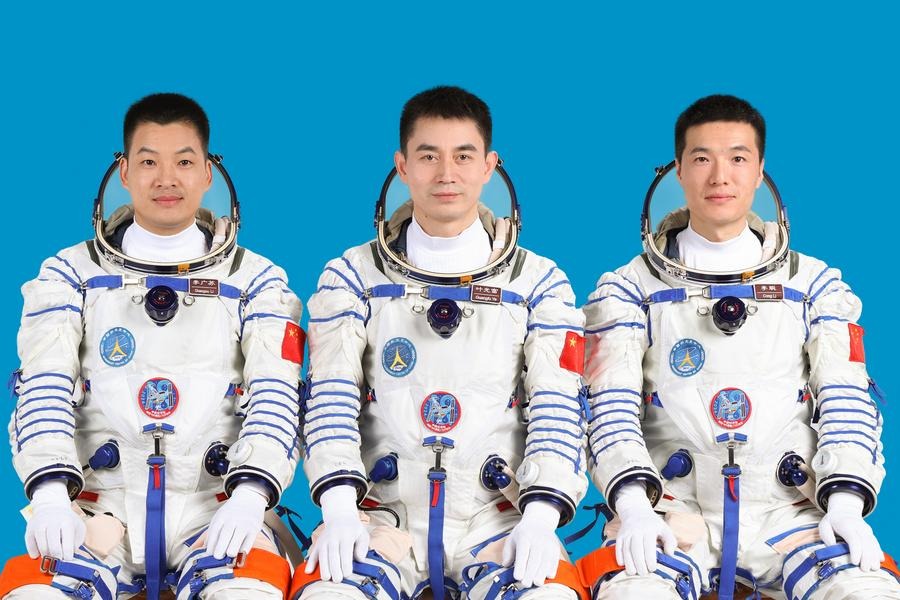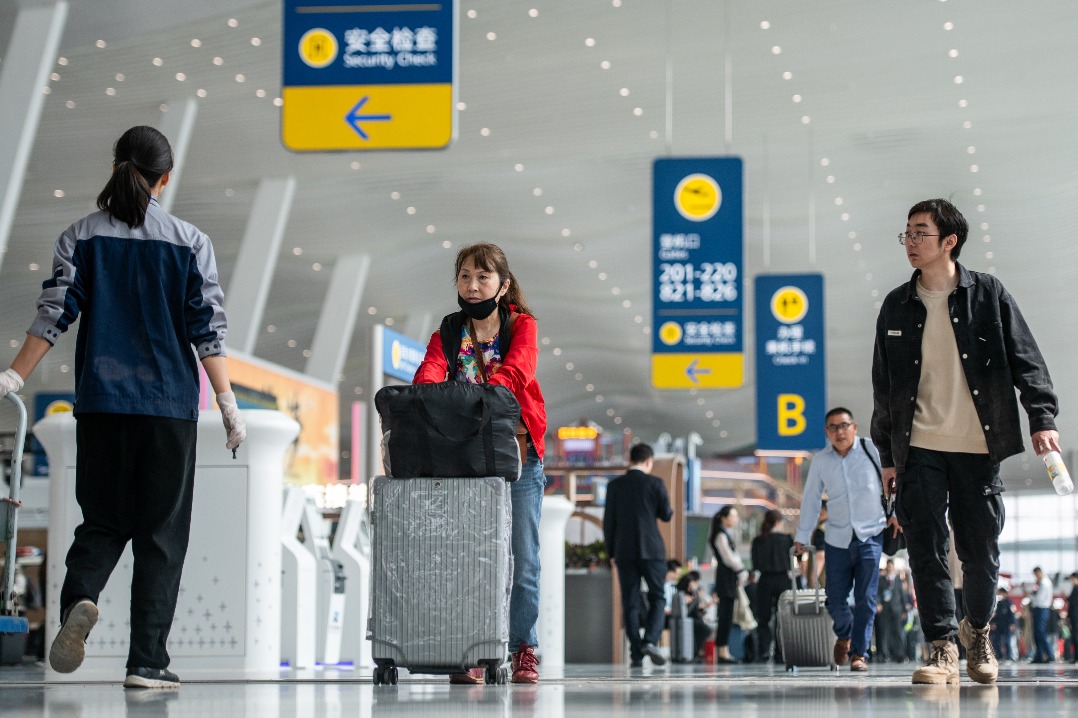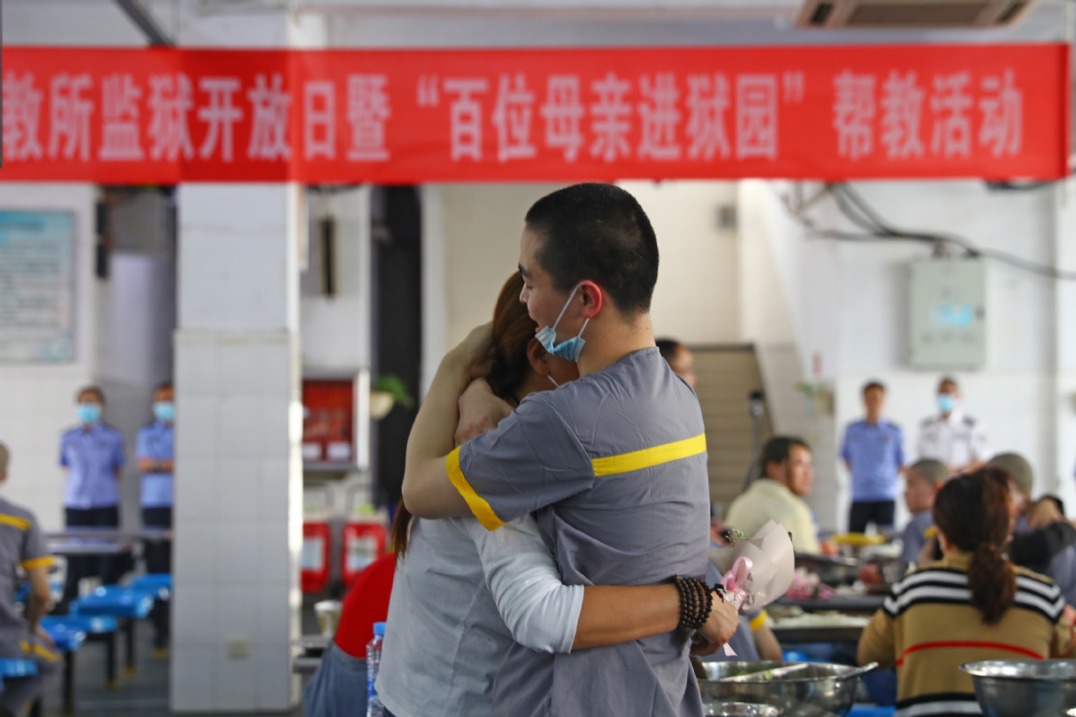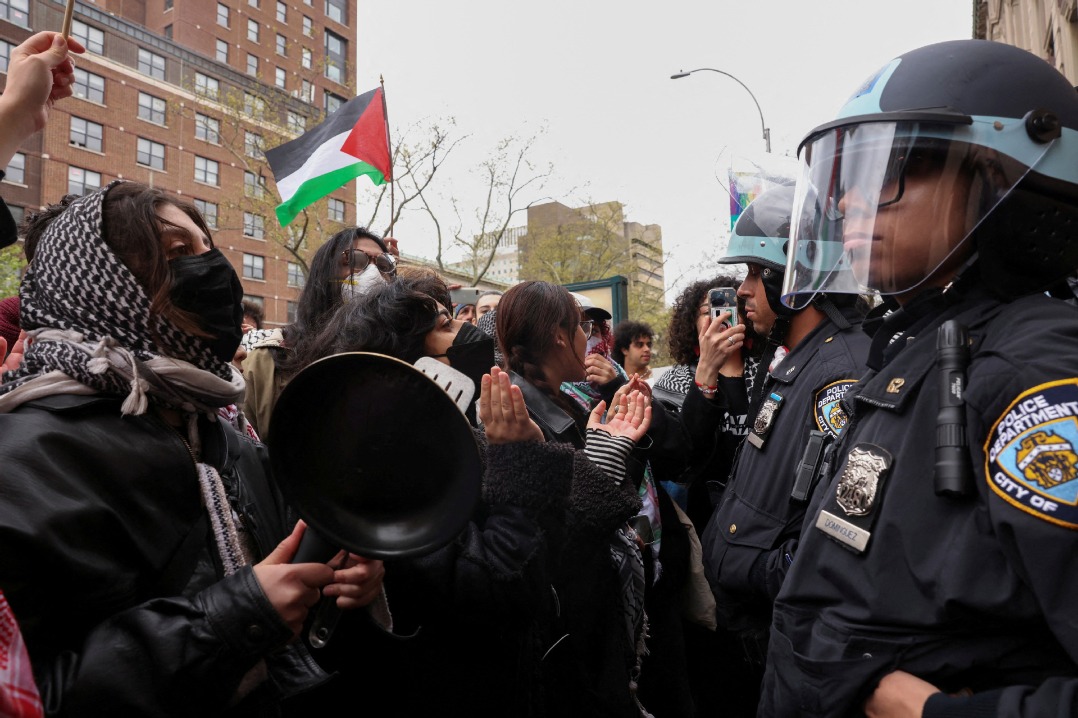Explore novel methods to eliminate abject poverty
By Li Guoxiang | China Daily | Updated: 2019-03-04 08:19

With the impoverished population in rural areas reducing by 13.86 million in 2018, China now has less than 17 million rural people living in poverty, according to the country's absolute poverty standard. Which means China has to reduce the impoverished population by about 10 million a year to meet the target of eliminating absolute poverty by 2020.
Since China launched its targeted poverty alleviation program in 2013, especially after the country stepped into the critical stage of poverty alleviation in 2015, it has lifted more than 10 million people out of poverty every year. And despite the poverty alleviation work becoming more difficult now that the rest of the impoverished population lives in abject poverty, the authorities are confident of achieving the goal of eliminating absolute poverty by 2020.
This year, the No. 1 central document on agricultural development has accorded top priority to poverty alleviation, and the country launched more elaborate and practical measures to eliminate abject poverty, focusing especially on lifting farmers in impoverished areas out of abject poverty.
The year 2019 is crucial for China's poverty alleviation work, as China has targeted the most poverty-stricken areas and special impoverished groups in its poverty alleviation work. Moreover, China will provide necessary aid to people that fall back into poverty and newly impoverished people, and help them to cultivate skills and knowledge to improve their livelihoods.
In the new era, China's poverty alleviation work includes finding ways to foster sustainable development conditions in impoverished areas. Through targeted poverty alleviation work, China is determined to ensure impoverished farmers not only emerge out of poverty, but also learn skills to make a decent living.
This year, China will also strengthen poverty relief work by implementing plans which include infrastructure construction and industrial development.
Infrastructure construction will play a key role in providing financial support for impoverished people, so as to effectively improve farm productivity and farmers' living conditions. Industrial development is aimed at helping impoverished areas develop high quality agriculture. If, for example, the impoverished areas' infrastructure is improved, they will attract more social forces, which in turn will encourage farmers to launch startups and take part in innovation programs. And when the impoverished areas develop industries, they will create more job opportunities and thus help lift more farmers out of poverty.
In the next stage, industrial development should enable impoverished farmers to increase their incomes. Many regions have been exploring new poverty alleviation models, including those that encourage consumers to buy impoverished farmers' products and services, which will not only increase those farmers' incomes, but also promote industrial development in the poverty-stricken areas.
China has also explored ways of alleviating poverty through education, which will not only facilitate the effective implementation of compulsory education, but also prevent intergenerational poverty.
The key to win the poverty alleviation battle is to explore effective channels and methods to help the impoverished farmers emerge out of poverty. That is not to say the government should reduce the assistance provided for the impoverished farmers. But instead of giving the impoverished farmers money and materials directly, the authorities should study the impoverished groups of people and determine their actual situations and needs, in order to find out the most effective poverty alleviation method.
Of course, the authorities should help the impoverished farmers to learn new skills and acquire professional knowledge which will enable them to overcome poverty.
In the new era, the authorities should advocate the participation of all social forces in the poverty alleviation work. And the developed eastern regions should cooperate with the less-developed central and western regions to make the poverty relief work more effective, and all the Party and government organizations should participate in the targeted poverty alleviation work, so as to ensure the country meets its poverty alleviation target for 2019.
The author is a researcher at the Rural Development Institute, Chinese Academy of Social Sciences. The views don't necessarily represent those of China Daily.























